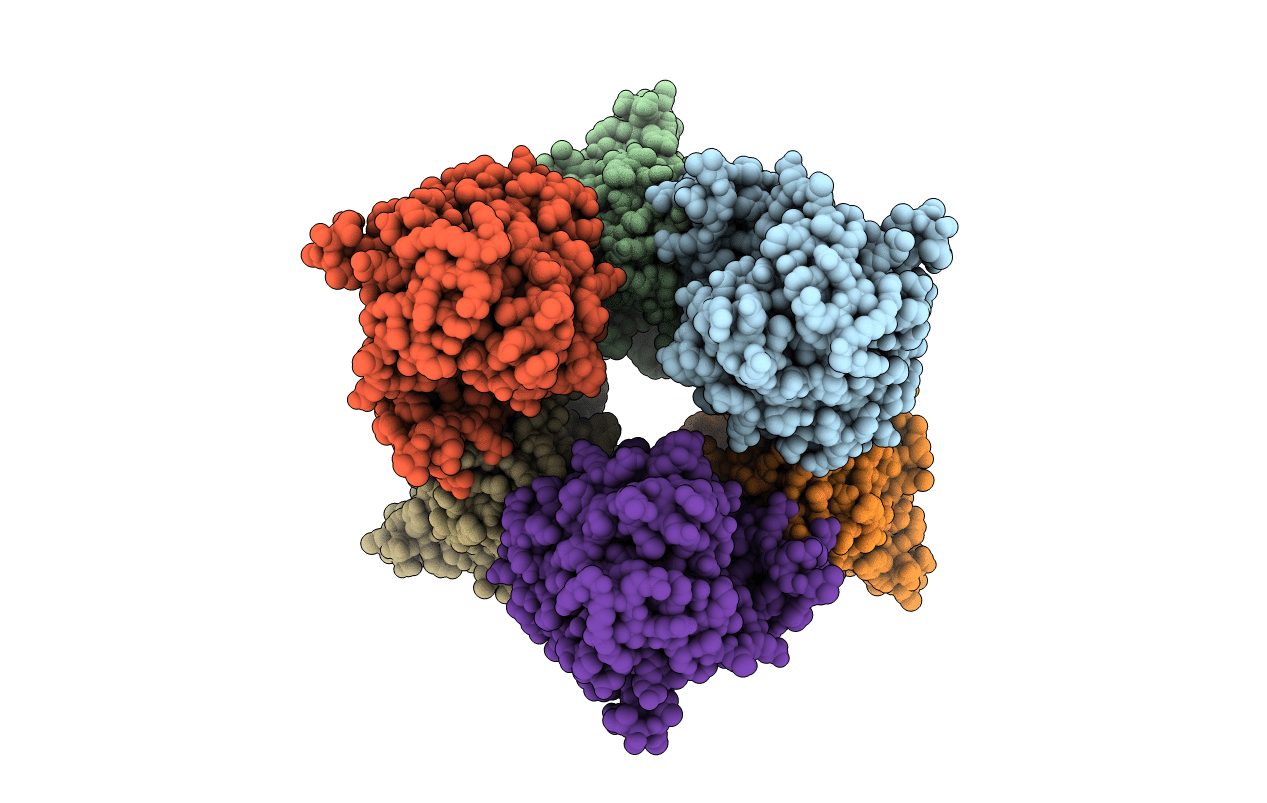
Deposition Date
2004-04-23
Release Date
2004-04-26
Last Version Date
2023-12-13
Entry Detail
PDB ID:
1V1S
Keywords:
Title:
2-KETO-3-DEOXYGLUCONATE KINASE FROM THERMUS THERMOPHILUS (CRYSTAL FORM 2)
Biological Source:
Source Organism:
THERMUS THERMOPHILUS (Taxon ID: 300852)
Host Organism:
Method Details:
Experimental Method:
Resolution:
3.20 Å
R-Value Free:
0.27
R-Value Work:
0.23
R-Value Observed:
0.23
Space Group:
P 3


